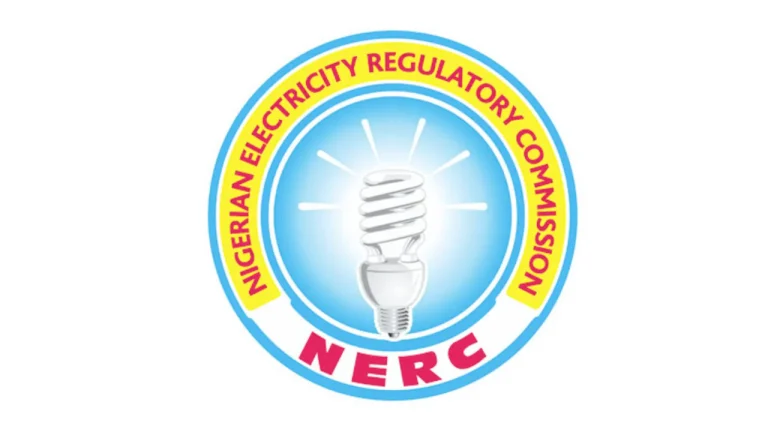Nigerians may face another electricity tariff hike due to rising subsidy costs, which increased from N102.30 billion in May to N181.63 billion in September . The Nigerian Electricity Regulatory Commission (NERC) attributes this rise to foreign exchange crises and inflation. In April, the government stopped paying subsidies for Band A customers, who receive at least 20 hours of electricity daily, and increased their tariff to N225 per kilowatt-hour. This decision sparked outrage among Nigerians, including labor unions and education and health institutions, whose electricity bills tripled.
The NERC’s data shows a fluctuating subsidy trend: N140.7 billion in April, N102.30 billion in May, N158 billion in June, N163.87 billion in July, N173.88 billion in August, and N181.63 billion in September. This volatility may lead to another tariff hike in the October Multi-Year Tariff Order unless power generation costs decrease.
Key Factors Influencing Tariff Hike:
- Foreign Exchange Crisis: Dollar exchange rates rose from N1,494.1 in July to N1,601.5 in September .
- Inflation: Nigeria’s inflation rate reached 33.40% in July 2024.
- Gas Prices: The benchmark gas-to-power price remains at $2.42/MMBTU.
Distribution companies are complaining about non-cost-reflective tariffs, refusing to take allocated electricity from the grid, and demanding subsidy removals across all bands. The Minister of Power, Adebayo Adelabu, has urged distribution companies to take more energy to prevent grid collapse.

